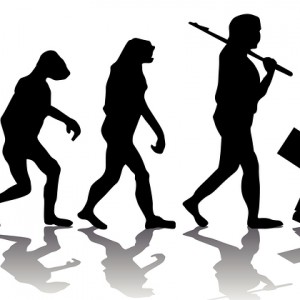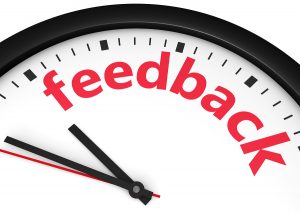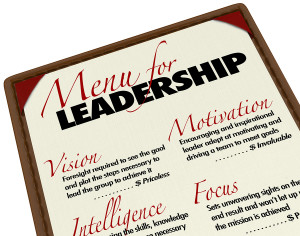
True Leadership: Leading Beyond Your Authority
In the midst of great social, economic, scientific, and political change, intelligent approaches and true leadership count more than ever. Your job frequently requires buy-in

In the midst of great social, economic, scientific, and political change, intelligent approaches and true leadership count more than ever. Your job frequently requires buy-in

Are you leading with trust? In spite of the fact that high-trust organizations outperform others, few leaders focus on building trust with stakeholders. The leaders

How well do the leaders in your organization express their emotions? What about you? Do you appropriately articulate your feelings? Do you use emotional expressiveness
People often ask me, how do you know if someone is a good leader? I always tell them if you have to ask, then chances

Do you know any truly humble leaders? Or, more importantly, how to develop humility in leadership? In the classic book Good to Great, Jim Collins

In my opinion, based on what I’ve observed in organizations, receiving feedback may be one of the most difficult thing leaders should learn to do

Engaging in feedback conversations well is a vital part of leading others successfully toward desired results. But leaders rarely do it enough. Recently I wrote

Leaders cannot be adequately described by lists of traits or characteristics. Academics have struggled with this for years. Then, in 2003, Bill George’s book, Authentic

An organization’s health is only as sound as its leader’s decisions. Some companies prosper from wise leadership directions, while others struggle after flawed choices—choices that

How a leader responds to adversity reveals how effective that leader truly is. Reactions to setbacks or crises not only test leadership character but define

Business is an active, demanding endeavor. Only those who consistently apply themselves succeed. Organizations that thrive require leaders who actively dream, plan, engage, solve, pursue,

Surveys and studies indicate global job dissatisfaction is at a two-decade high. Disengaged employees account for nearly 70 percent of the workforce, which significantly affects







